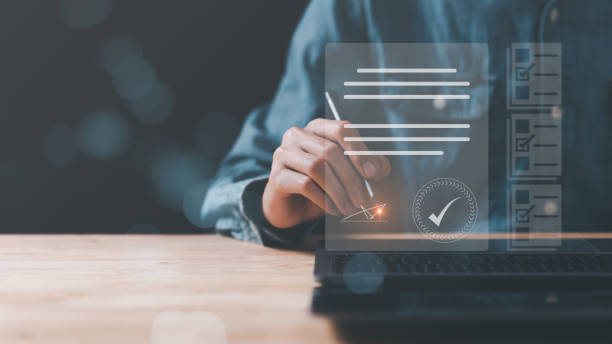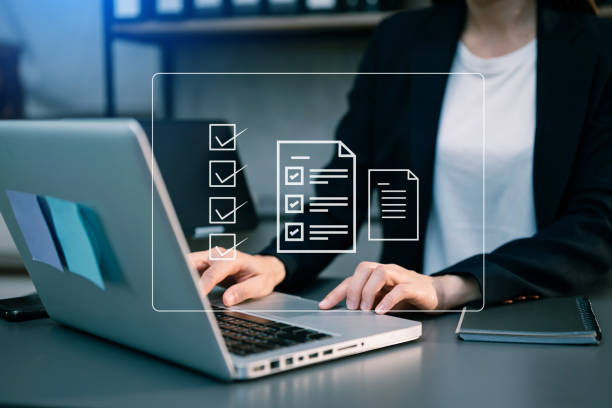What is On-Page SEO and Why is it Important?
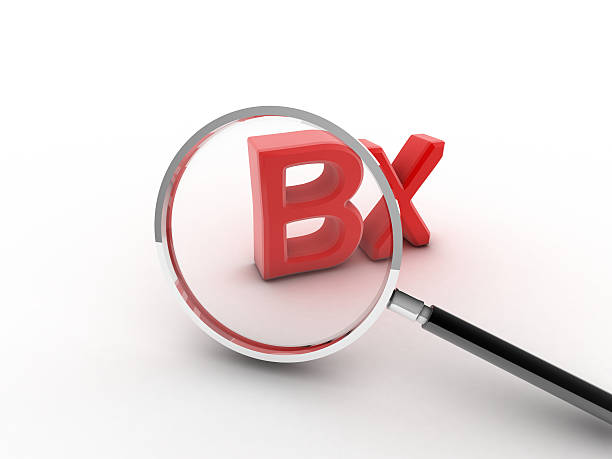
#On_Page_SEO (On-Page SEO) refers to a set of actions you take within your website to improve its ranking in search engines like Google.
These actions include optimizing content, HTML tags, site structure, and other factors that help Google better understand your site and show it to relevant users.
The importance of on-page SEO on-page SEO is that you have complete control over it.
Unlike off-page SEO, which depends on factors outside your site, you can improve your ranking by making changes on your own site.
On-page SEO helps Google understand the main topic of your pages and display them to users looking for relevant information.
A site with strong on-page SEO has a greater chance of achieving a high ranking in search results and, as a result, attracts more traffic.
Are you frustrated with your online store’s low conversion rate?
Rasaweb is your definitive solution with professional e-commerce website design!
✅ Increase your sales and revenue
✅ Unparalleled user experience for your customers
⚡ Get a free consultation now!
Keyword Research and Finding the Best Phrases
![]()
#Keyword_Research (Keyword Research) is the first and most important step in on-page SEO.
You need to find the words that users use to search for content related to your business.
There are various tools for this, such as Ahrefs Keyword Generator, Ubersuggest, and Google Keyword Planner.
After finding keywords, you should evaluate them based on search volume and competition.
Keywords with high search volume and less competition are the best options.
Also, you should pay attention to #Search_Intent.
That is, understand what kind of information users are looking for when searching for a specific word.
Are they looking to buy a product, or are they looking for educational information? By considering user intent, you can optimize your content to provide the best answers to their needs.
Correct use of keywords in the page title, meta description, and content text is very important.
Optimizing Page Title and Meta Description

The page title (Title Tag) and meta description (Meta Description) are two important elements in on-page SEO that are displayed to users in search results.
The page title should be attractive and relevant to the page content and include the main keyword.
The length of the page title should be less than 60 characters to be fully displayed in search results.
The meta description should be a summary of the page content and encourage users to click on your link.
The length of the meta description should be less than 160 characters.
Using keywords in the page title and meta description helps Google understand the main topic of your page and display it to relevant users.
Sample Table of Keywords and Meta Descriptions:
| Keyword | Page Title | Meta Description |
|---|---|---|
| On-Page SEO | On-Page SEO Guide – Website Optimization for Google | By reading this guide, optimize your site’s on-page SEO and improve your ranking in Google. |
| SEO Training | SEO Training – Learning SEO from Zero to Hero | In this training course, learn SEO from zero to hero and optimize your site. |
Optimizing Page Content for SEO

Page Content is the most important factor in on-page SEO.
Your content should be valuable, useful, and engaging to keep users on your site and encourage them to interact with it.
Your content should answer users’ questions and meet their needs.
Using keywords in the content text helps Google understand the main topic of your page, but you should not artificially repeat keywords in the text.
Instead, try to use keywords and related phrases naturally.
Also, you should use appropriate structure for your content.
Use headings, subheadings, lists, and images to organize content and improve its readability.
Your content should be unique and original, and not copied from other sites.
Powerful #On_Page_SEO increases website traffic.
Are your e-commerce website visitors leaving before making a purchase? Don’t worry anymore! With Rasaweb’s professional e-commerce website design services, solve the problem of not converting visitors into customers forever!
✅ Significant increase in conversion rate and sales
✅ Unique and engaging user experience
⚡ Contact us now for a free consultation!
Optimizing Images and Videos
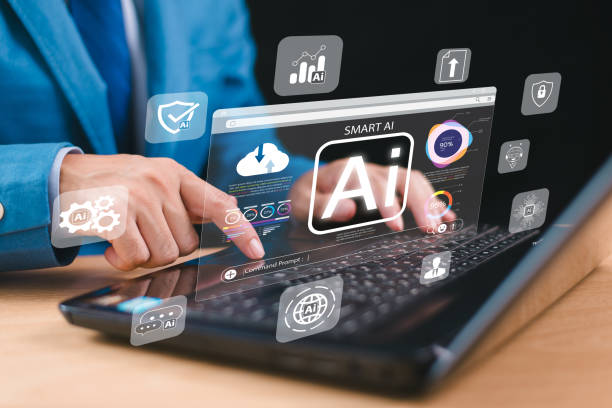
Images and videos can help improve your site’s user experience and attract more traffic.
But for images and videos to help your site’s SEO, you need to optimize them.
For images, you should use an appropriate file name and use an alt tag to describe the image.
The alt tag helps Google understand the image content and display it to relevant users.
For videos, you should use an appropriate title and complete descriptions.
Also, you should host videos on your site and use video-sharing sites like YouTube to publish videos.
Optimizing images and videos image optimization improves your site’s loading speed and provides a better user experience for users.
Optimizing Internal and External Links
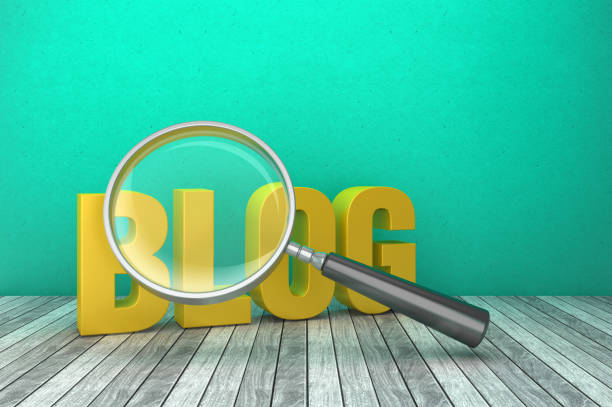
Internal Links and External Links are two types of links that are important in on-page SEO.
Internal links are links that point from one page on your site to another page on the same site.
External links are links that point from your site to another site.
Internal links help Google understand your site’s structure and find related pages.
External links help Google evaluate your site’s authority and consider it a credible source.
Internal links should be placed naturally within the content text and point to relevant pages.
External links should point to reputable sites relevant to your topic.
On-page SEO on-page SEO can play an important role in link building.
Optimizing Site Speed

Site Speed is one of the important factors in Google’s ranking.
Users who visit your site expect it to load quickly.
If your site is slow, users will leave your site and go to other sites.
To improve your site speed, you should use optimized images and videos, use a #Content_Delivery_Network (CDN), enable site caching, and use a light and optimized site theme.
There are various tools for testing site speed, such as Google PageSpeed Insights and GTmetrix.
Using appropriate on-page SEO site speed optimization ensures good site speed.
Sample Table Comparing Site Speed With and Without Optimization:
| Metric | Before Optimization | After Optimization |
|---|---|---|
| Full page load time | 5 seconds | 2 seconds |
| PageSpeed Insights Score (Mobile) | 50 | 85 |
Mobile Optimization
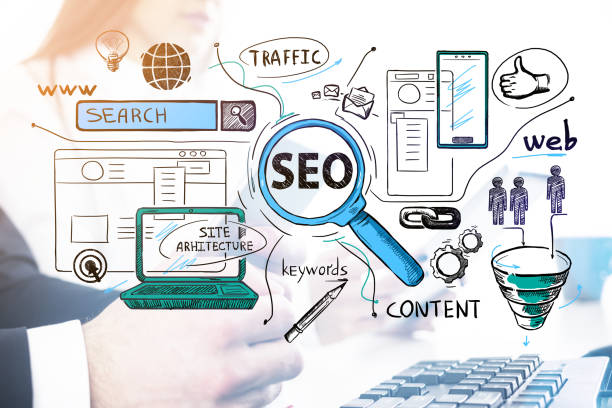
Today, more than half of web traffic comes from mobile devices.
Therefore, it is important that your site is optimized for mobile.
Your site should be responsive, meaning it automatically adapts to different screen sizes.
Fonts should be readable, buttons should be large enough, and content should be organized neatly.
Google uses #Mobile_First_Indexing, meaning it considers the mobile version of your site as the primary version for ranking.
On-page SEO on-page SEO for mobile increases user satisfaction and improves your site’s ranking.
Are your online sales not as expected? With Rasaweb, solve the problem of low sales and poor user experience forever!
✅ Increase visitor-to-customer conversion rate
✅ Create an enjoyable user experience and increase customer trust
⚡ Act now for a free consultation!
Using Structured Data
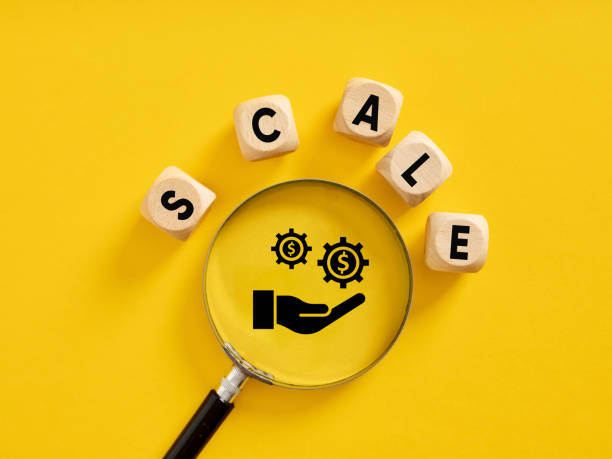
#Structured_Data is code that helps Google better understand the content of your pages.
By using structured data, you can provide Google with information about products, events, articles, and other types of content.
Google uses this information to display rich snippets.
Rich snippets are results that provide more information than regular search results, such as user ratings, product prices, and event dates.
Using structured data can increase your site’s click-through rate (CTR) and attract more traffic.
On-page SEO structured data helps Google better understand your site.
Monitoring and Analyzing Results

After implementing on-page SEO measures, you should monitor and analyze your results.
Various tools are available for this, such as Google Search Console and Google Analytics.
Using these tools, you can measure your site’s traffic, keyword rankings, click-through rate, and other important metrics.
By analyzing this data, you can identify the strengths and weaknesses of your on-page SEO and take necessary actions to improve results.
On-page SEO monitoring and analysis is a continuous process and should be performed regularly to achieve the best results.
Using these tools strengthens your site’s on-page SEO and increases your site’s visitors.
Proper on-page SEO will lead to more customers for your business.
And consequently, you can grow your business.
Frequently Asked Questions
| Question | Answer |
|---|---|
| What is On-page SEO? | On-page SEO refers to a set of actions performed within a website and on page content to achieve a better ranking in search results. |
| Why is on-page SEO important for a website? | On-page SEO helps search engines better understand your page’s content and assess its importance. It also provides a better user experience for visitors. |
| What are the most important on-page SEO factors? | The most important factors include keyword optimization, content quality, Title Tag, Meta Description, URL structure, heading tags (H1-H6), internal linking, and image optimization. |
| What role does the Title Tag play in on-page SEO? | The Title Tag is one of the most important on-page SEO factors, displaying your page title in search results and browser tabs. It should include the main keyword and be engaging. |
| What is the importance of Meta Description in on-page SEO? | The Meta Description provides a summary of the page’s content, and although it doesn’t directly affect ranking, it can increase the click-through rate (CTR) by encouraging users to click. |
| How are keywords used in on-page SEO? | Keywords are phrases that users employ to search for information in search engines. Proper and natural use of them in content helps the search engine identify the page’s topic. |
| What is internal linking and what are its benefits in on-page SEO? | Internal linking refers to creating links between different pages of a website. This helps distribute page authority, assists search engine bots in crawling, and improves user experience. |
| How does image optimization affect on-page SEO? | Image optimization includes compressing file size, using appropriate Alt tags, and proper file naming. This improves page loading speed and helps search engines understand image content. |
| What does quality content mean in on-page SEO? | Quality content means content that is comprehensive, accurate, unique, up-to-date, user-friendly, and addresses users’ needs. |
| What role does URL structure play in on-page SEO? | Readable, short, and keyword-inclusive URLs help search engines and users better understand page content and improve the user experience. |
And other services of Rasaweb Advertising Agency in the field of advertising
- Smart Sales Automation: Designed for businesses seeking customer behavior analysis through SEO-driven content strategy.
- Smart Marketing Automation: An effective tool for improving SEO ranking with the help of Google Ads management.
- Smart Social Media: Revolutionize SEO ranking with engaging UI design.
- Smart Customer Journey Map: Designed for businesses looking for online growth through SEO-driven content strategy.
- Smart Digital Branding: A quick and efficient solution for increasing click-through rates with a focus on Google Ads management.
And over hundreds of other services in the field of internet advertising, advertising consulting, and organizational solutions
Internet Advertising | Advertising Strategy | Advertorials
References
What is On-Page SEO and How is it Done?
What is an SEO Checklist? Important SEO Tips for 2024
What is Technical SEO? Comprehensive Technical SEO Training
What is Off-Page SEO? Comprehensive Off-Page SEO Training
? Are you looking to boost your business in the digital space? Rasaweb Afarin, with years of experience in digital marketing and corporate website design, is your comprehensive solution for online growth and success.
📍 Tehran, Mirdamad Street, Next to Central Bank, Southern Kazeroun Alley, Ramin Alley, No. 6

